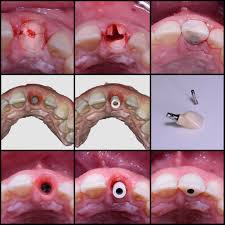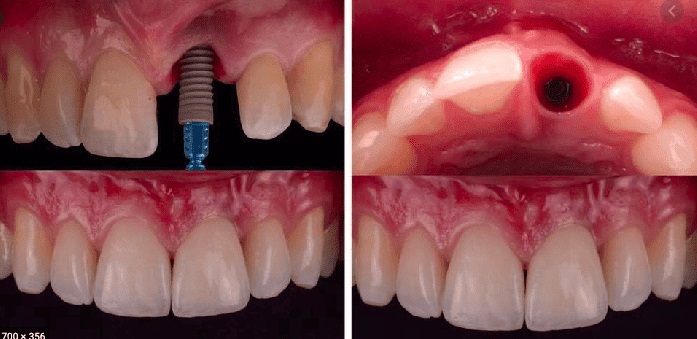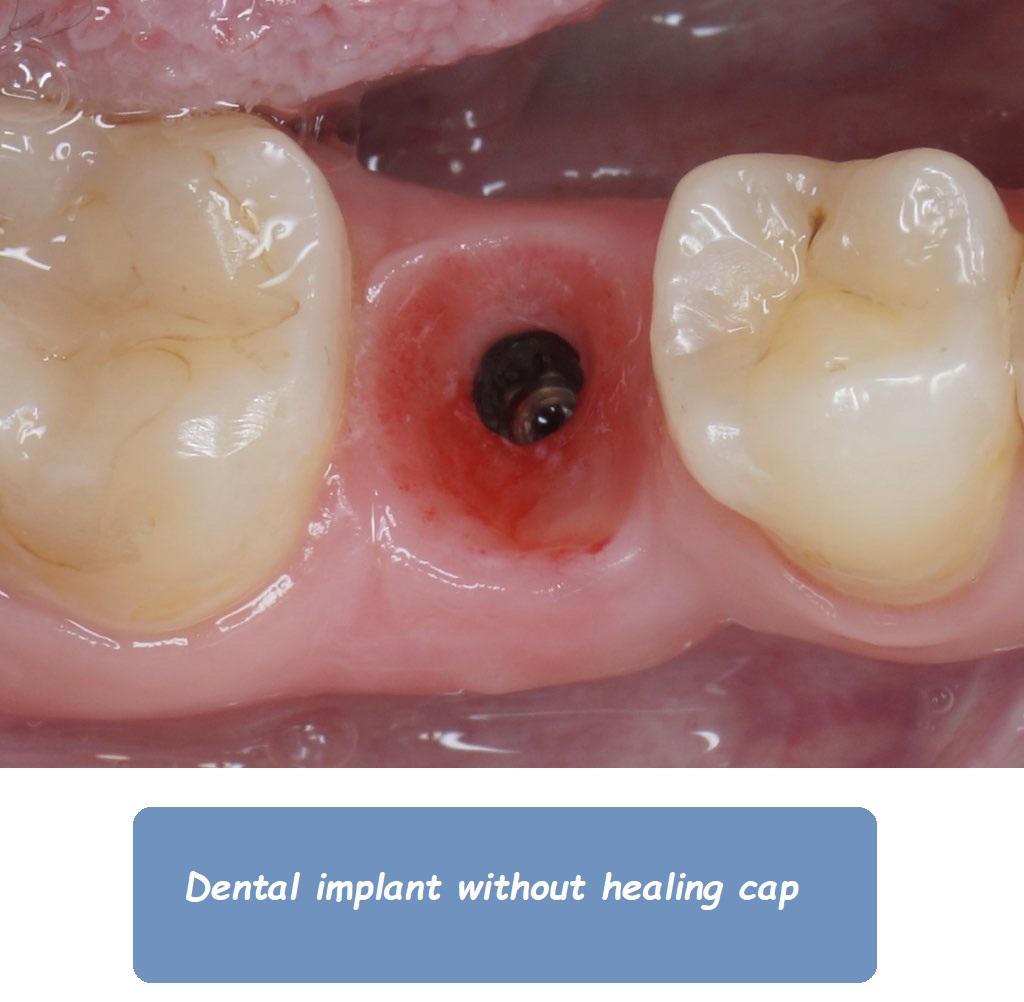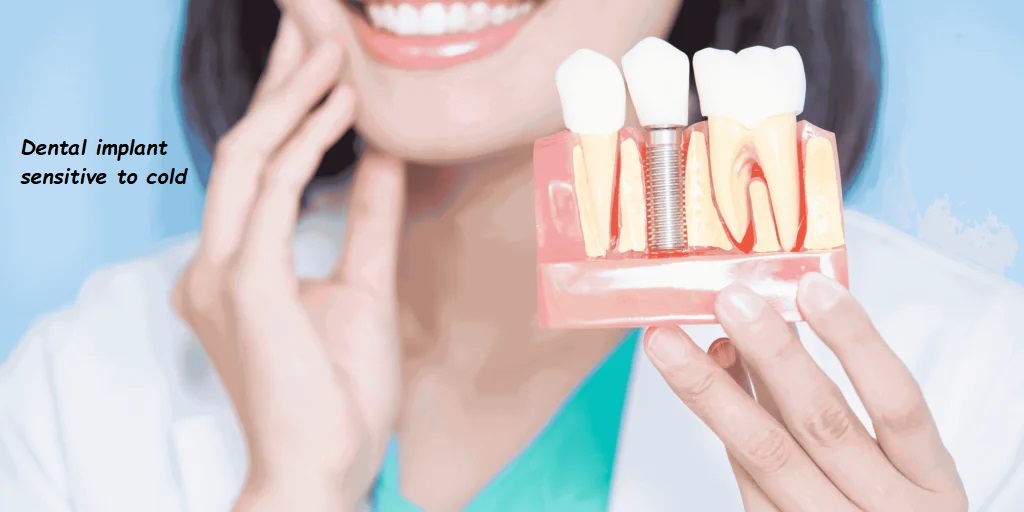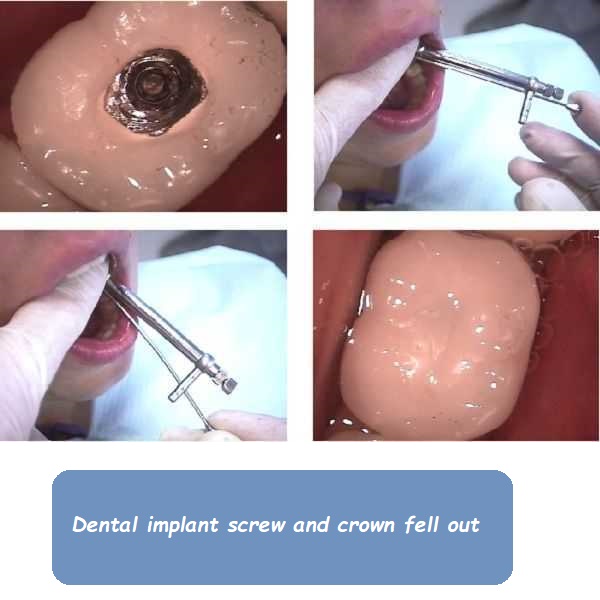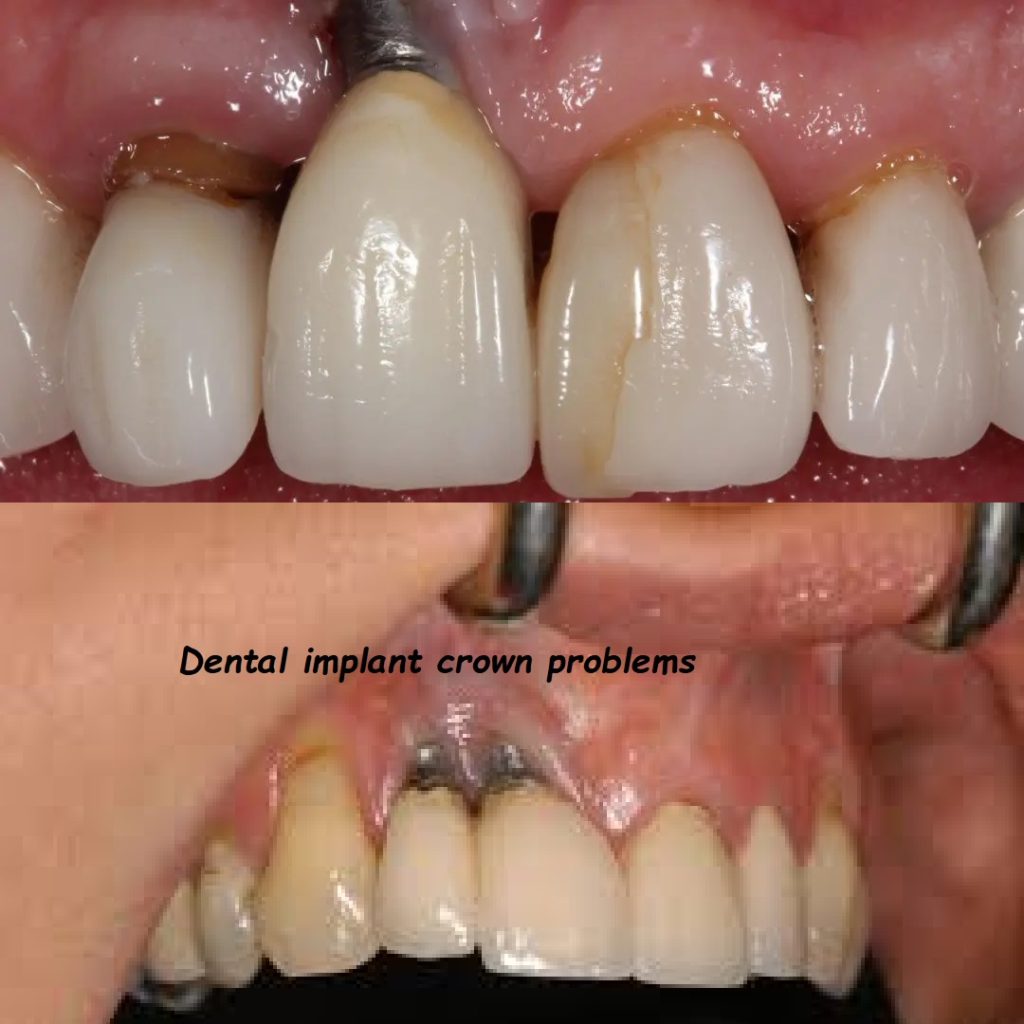Dental implant torque values
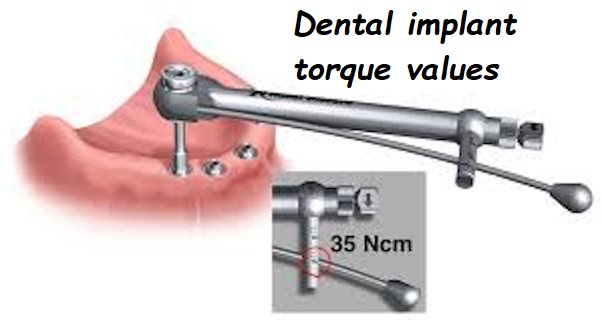
Understanding Dental Implant Torque Values
Dental implant procedures are precise and require careful planning and execution to ensure success. One critical aspect of implant placement is applying the correct torque value when securing the implant fixture to the jawbone. Understanding dental implant torque values is essential for both dental professionals and patients to appreciate the significance of this parameter in achieving successful outcomes. Let’s explore dental implant torque values, why they are important, and how they are applied.
What Are Dental Implant Torque Values?
Torque values in dental implants refer to the rotational force applied to the implant fixture during placement and tightening. The torque value ensures that the implant is securely anchored in the jawbone without damaging the bone or the implant itself. Torque is measured in Newton centimeters (Ncm).
Importance of Correct Torque Values
Applying the correct torque value is crucial for several reasons:
1. Ensuring Stability
Proper torque ensures that the implant is stable and secure in the jawbone. This stability is essential for osseointegration, where the bone fuses with the implant.
2. Preventing Implant Failure
Applying too little torque can result in a loose implant, while excessive torque can damage the bone or the implant. Both scenarios can lead to implant failure.
3. Promoting Healing
Correct torque values minimize the risk of micromovement during the healing phase, which can interfere with osseointegration and cause complications.
4. Enhancing Long-Term Success
Proper torque application contributes to the long-term success and functionality of the dental implant by ensuring optimal load distribution during chewing and biting.
Recommended Torque Values
The recommended torque values can vary depending on the implant system, the type of bone, and the specific clinical situation. However, general guidelines suggest the following torque ranges:
Implant Placement
- Soft Bone (Type IV): 25-30 Ncm
- Medium Bone (Type III): 30-35 Ncm
- Dense Bone (Type I and II): 35-45 Ncm
Abutment Placement
- Single Implants: 20-35 Ncm
- Multiple Implants: 10-15 Ncm (per implant) to balance load distribution
Healing Caps and Cover Screws
- Typically, 10-15 Ncm
Final Prosthetic Screw
- 25-30 Ncm, depending on the implant system and manufacturer’s recommendations
Following the manufacturer’s guidelines for each specific implant system is essential, as different systems may have varying torque requirements.
How to Measure and Apply Torque
Proper measurement and application of torque involve using specialized tools and techniques. Here’s an overview of the process:
Torque Wrench
A torque wrench is a precision instrument that applies a specific torque value. It can be manual or electronic, with electronic wrenches providing more precise control and readouts.
Steps to Apply Torque
- Preparation: Ensure that all components are clean and free of debris. Verify the recommended torque values for the specific implant system.
- Attachment: Attach the torque wrench to the driver and the implant or abutment.
- Setting the Torque: Adjust the torque wrench to the desired value based on the guidelines.
- Applying the Torque: Gradually apply torque while maintaining a steady hand. Ensure even pressure and avoid sudden movements.
- Verification: Confirm that the applied torque matches the recommended value. Some torque wrenches provide an audible or tactile click when the set torque is reached.
Factors Influencing Torque Values
Several factors can influence the appropriate torque values for dental implants:
Bone Quality
The density and quality of the bone affect how much torque can be applied. Softer bone requires lower torque values to prevent stripping or damaging the bone.
Implant Design
The design and surface characteristics of the implant can influence torque values. For example, implants with aggressive threads may require different torque settings than those with smoother surfaces.
Clinical Situation
Each patient’s unique anatomical and clinical situation can affect torque values. Factors such as bone grafting, previous surgeries, and overall oral health play a role.
Manufacturer’s Guidelines
The manufacturer of different implant systems provides specific torque recommendations. Adhering to these guidelines is crucial for optimal results.
Potential Complications of Incorrect Torque
Applying incorrect torque values can lead to several complications:
Under-Torquing
- Loose Implants: Insufficient torque can result in a loose implant, leading to instability and potential failure.
- Micro-Movement: Lack of stability can cause micromovement during the healing phase, interfering with osseointegration.
Over-Torquing
- Bone Damage: Excessive torque can cause microfractures or compress the bone, compromising implant stability.
- Implant Fracture: Over-torquing can lead to implant or abutment fracture, requiring additional surgery and replacement.
- Stripping Threads: Excessive force can strip the threads of the implant or abutment, reducing retention and stability.
Conclusion
Understanding and applying the correct dental implant torque values is critical for the success of the implant procedure. Proper torque ensures stability, promotes healing, and enhances the long-term success of the implant. To determine the appropriate torque values, dental professionals must follow the manufacturer’s guidelines and consider factors such as bone quality, implant design, and the clinical situation.
Suppose you are a patient undergoing a dental implant procedure. In that case, knowing that your dental professional will carefully measure and apply the correct torque values to ensure the best possible outcome is reassuring. Always feel free to ask questions and discuss any concerns with your dentist or oral surgeon to ensure a smooth and successful implant experience.
Do you have more questions about dental implant torque values or the implant procedure itself? Let’s discuss this further to ensure you have all the information you need for a successful dental implant experience!
Related to read:
Best Oral Hygiene Practices For Optimum Oral Health.
How to Whiten Teeth Naturally?
How to keep your gums healthy and disease-free?
References
To ensure the information provided is accurate and up-to-date, the following sources were referenced:
- American Dental Association. (n.d.). Plaque and Tartar. Retrieved from ADA website
- Mayo Clinic. (n.d.). Dental Plaque. Retrieved from Mayo Clinic website
- National Institute of Dental and Craniofacial Research. (n.d.). Periodontal (Gum) Disease. Retrieved from NIDCR website



